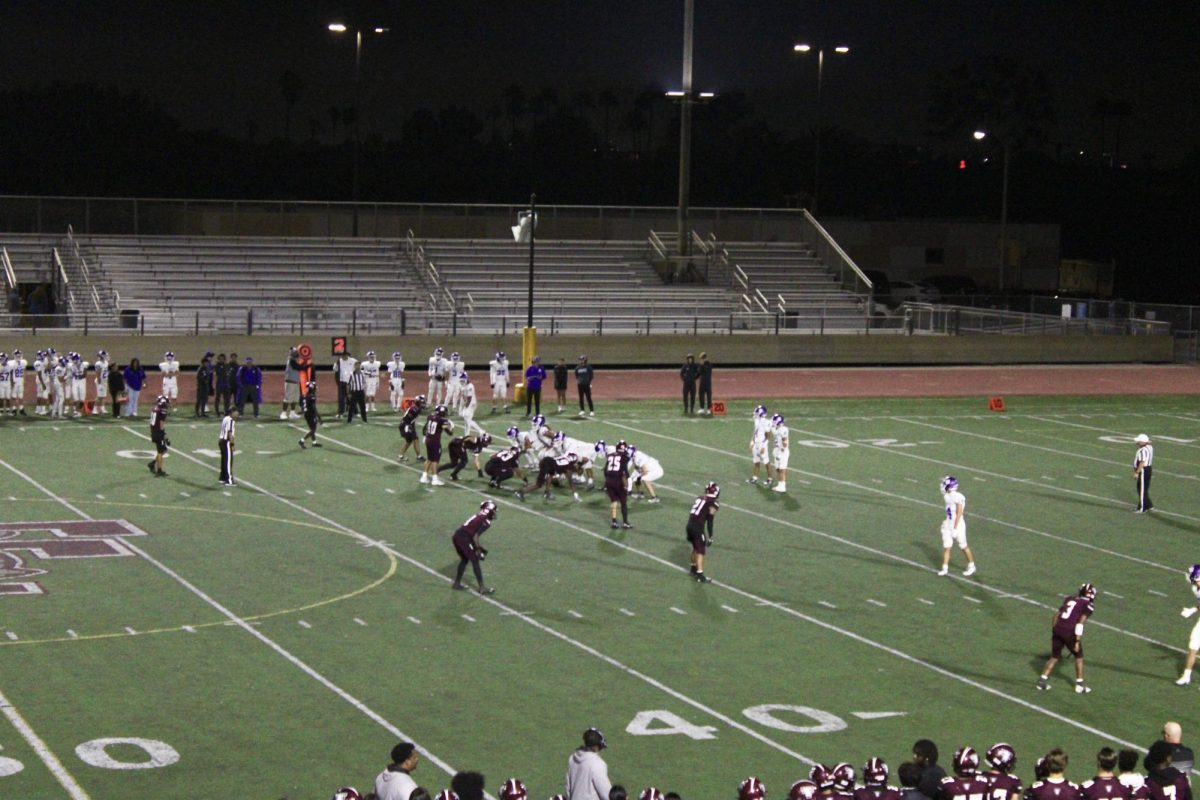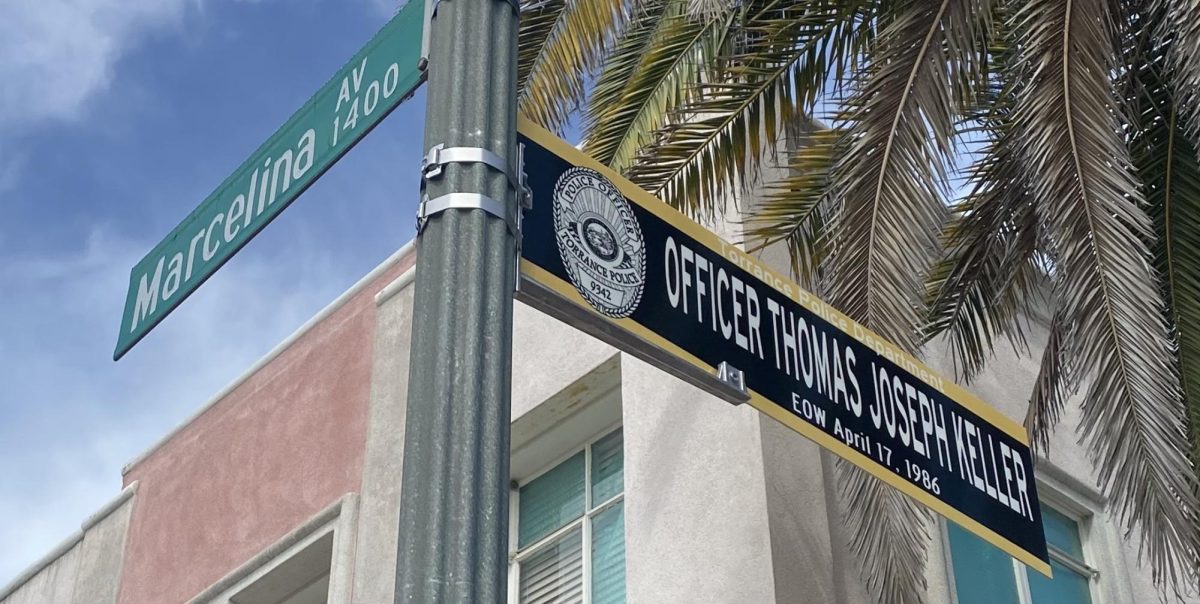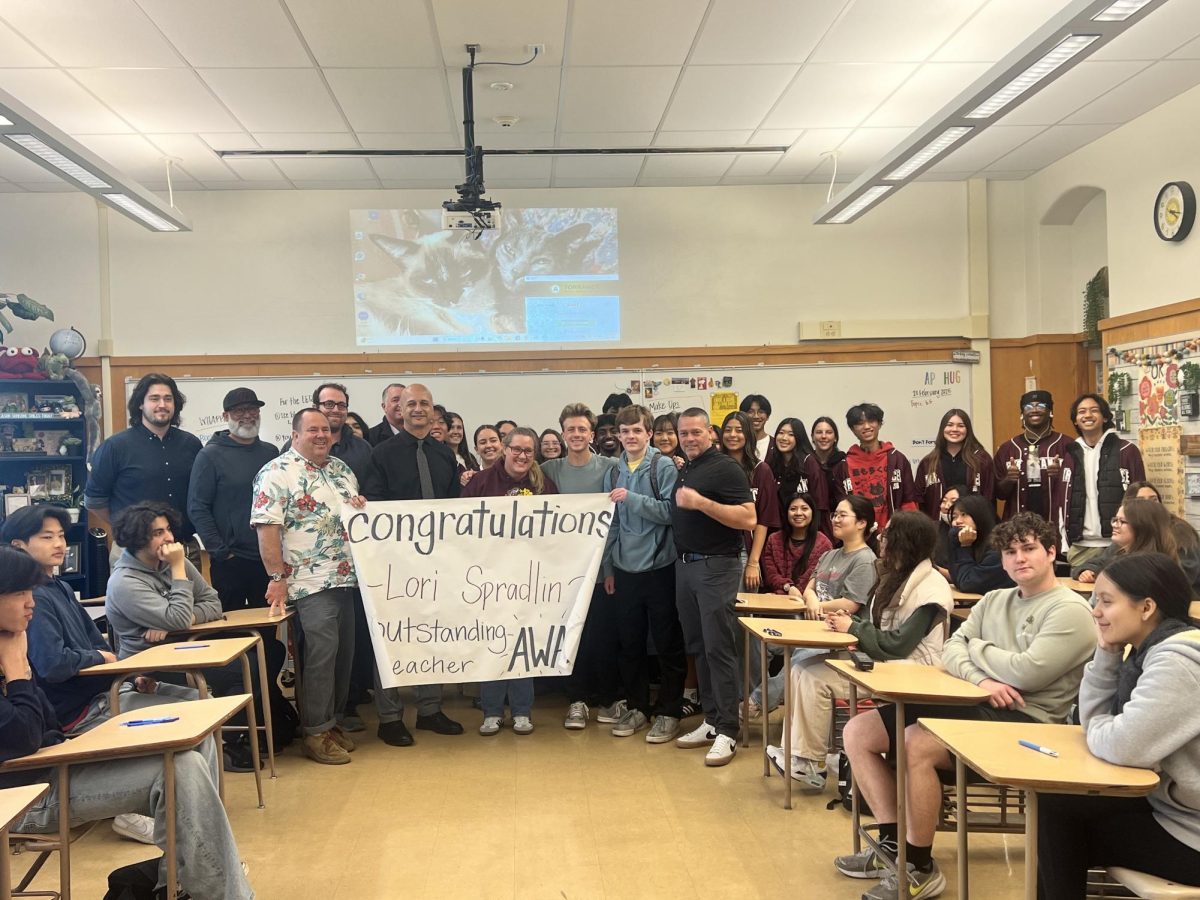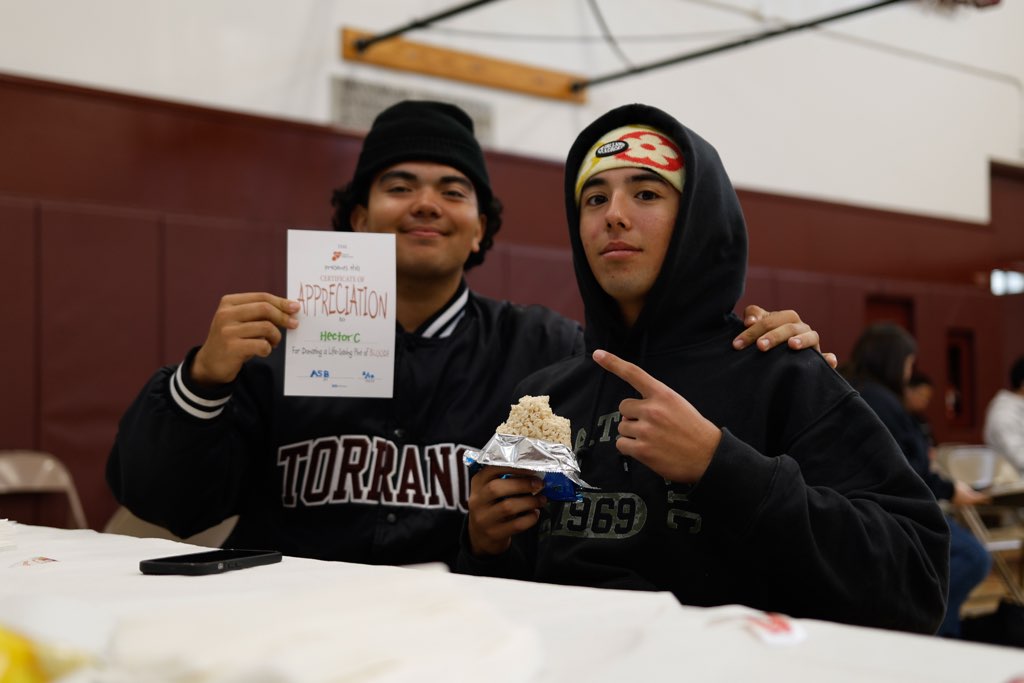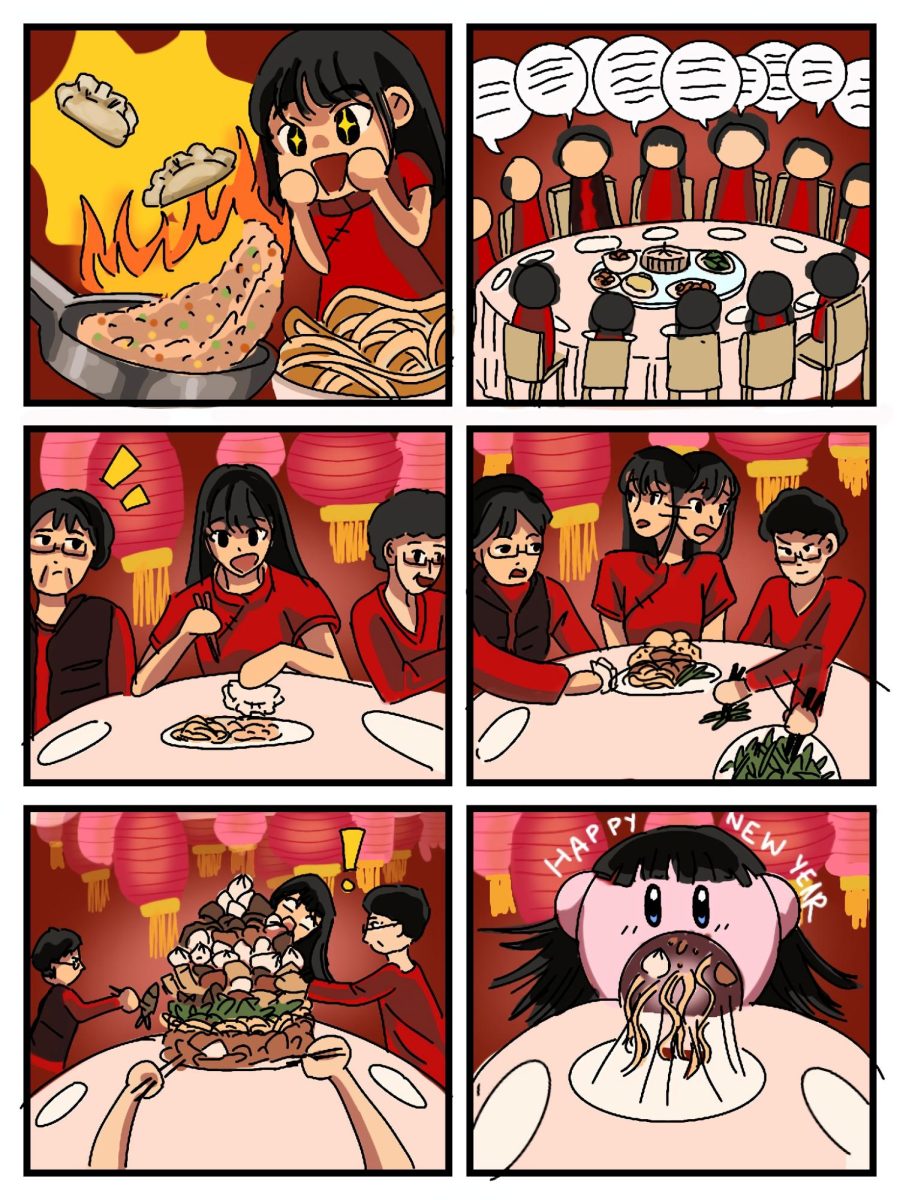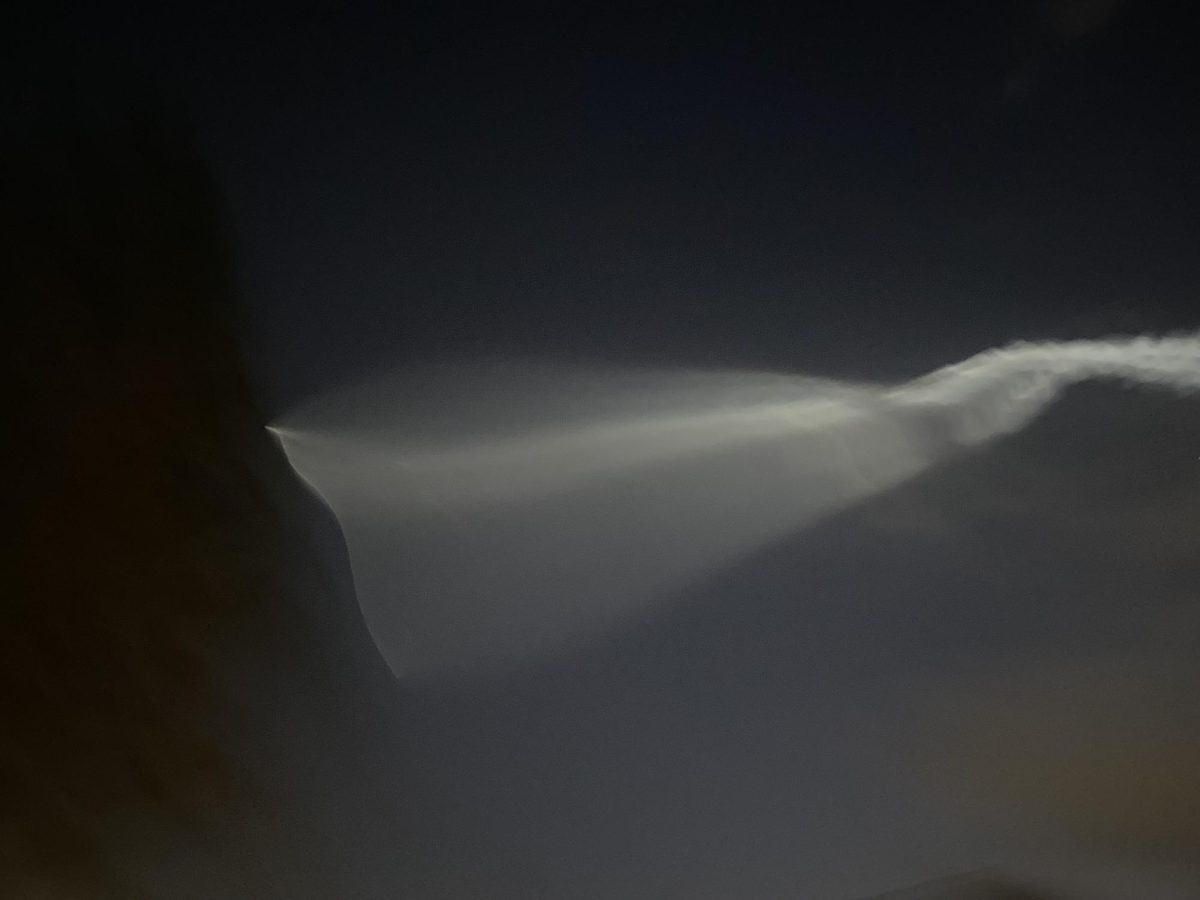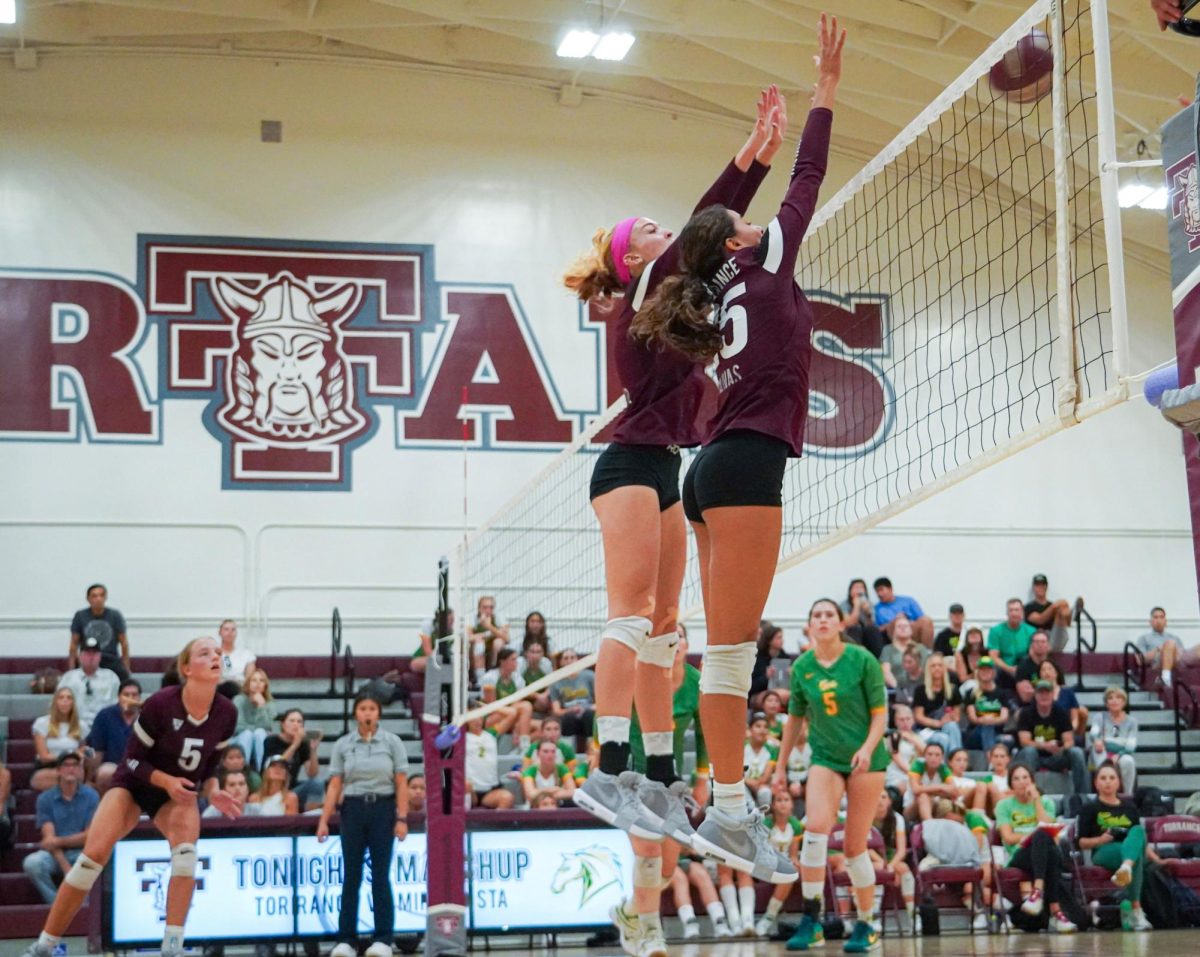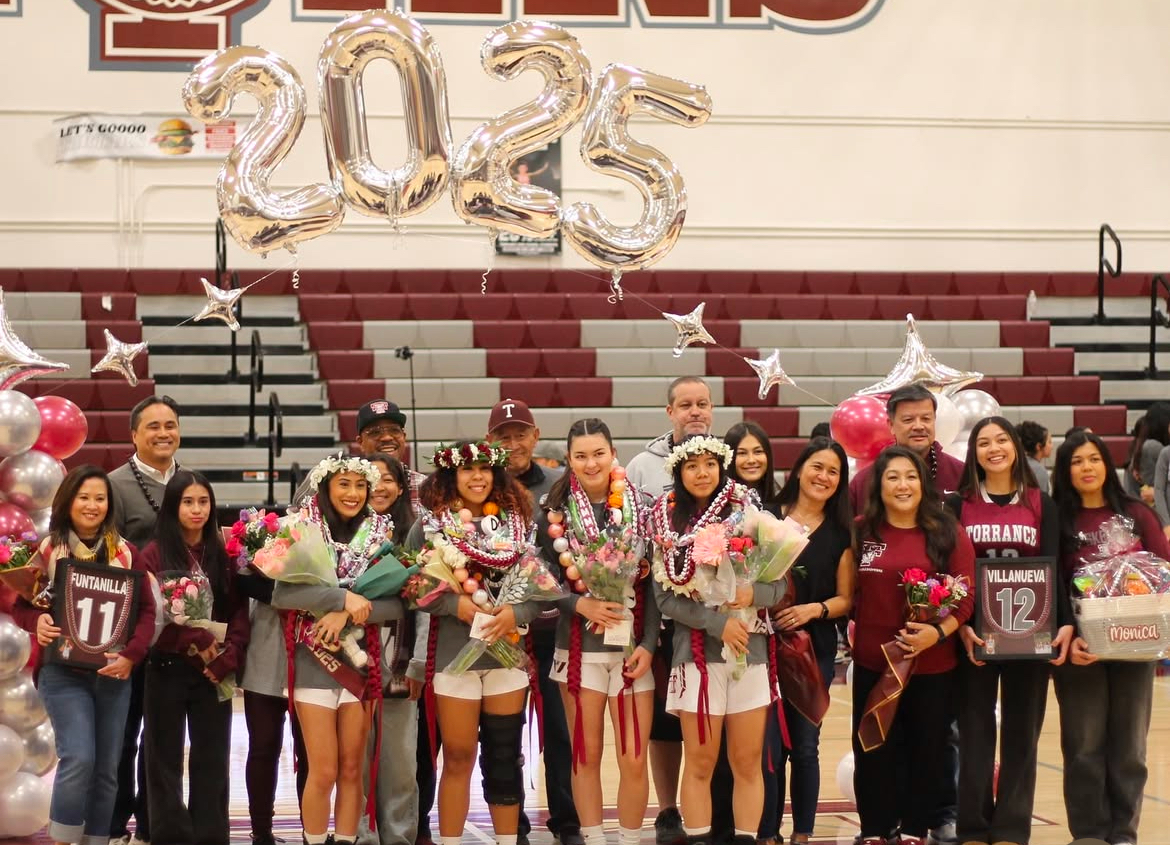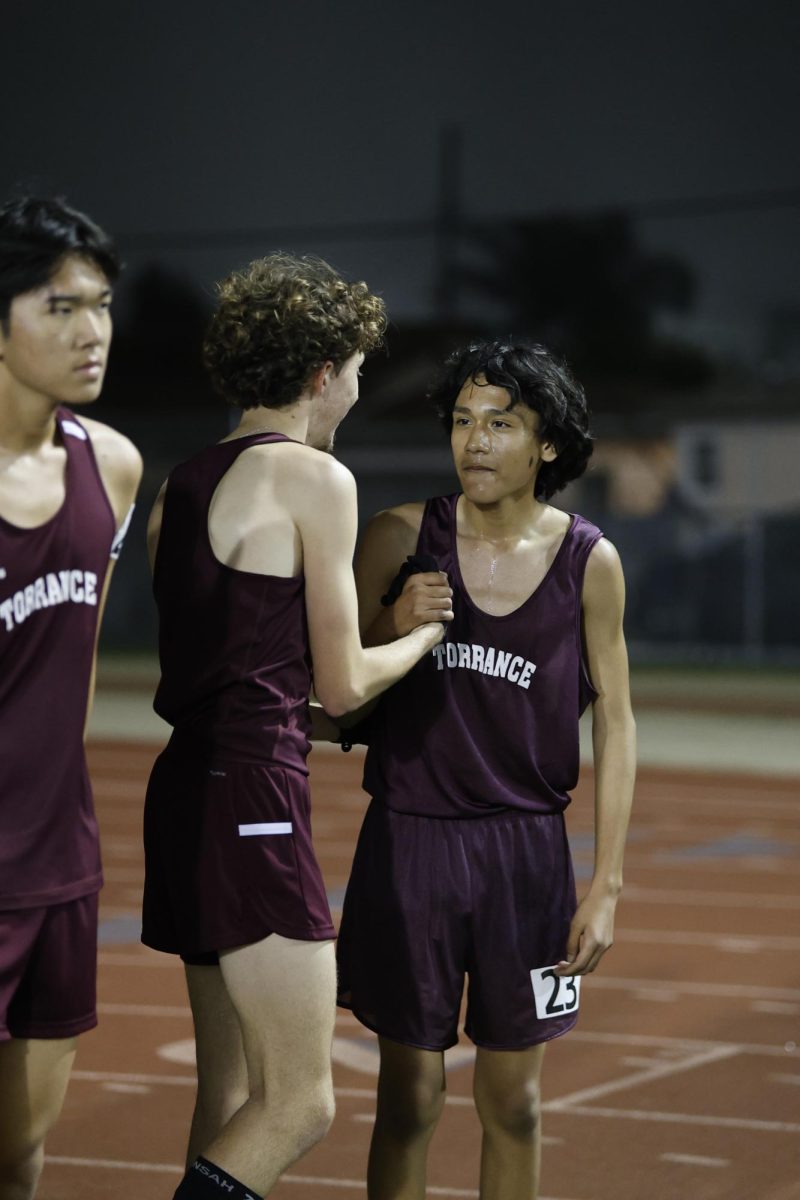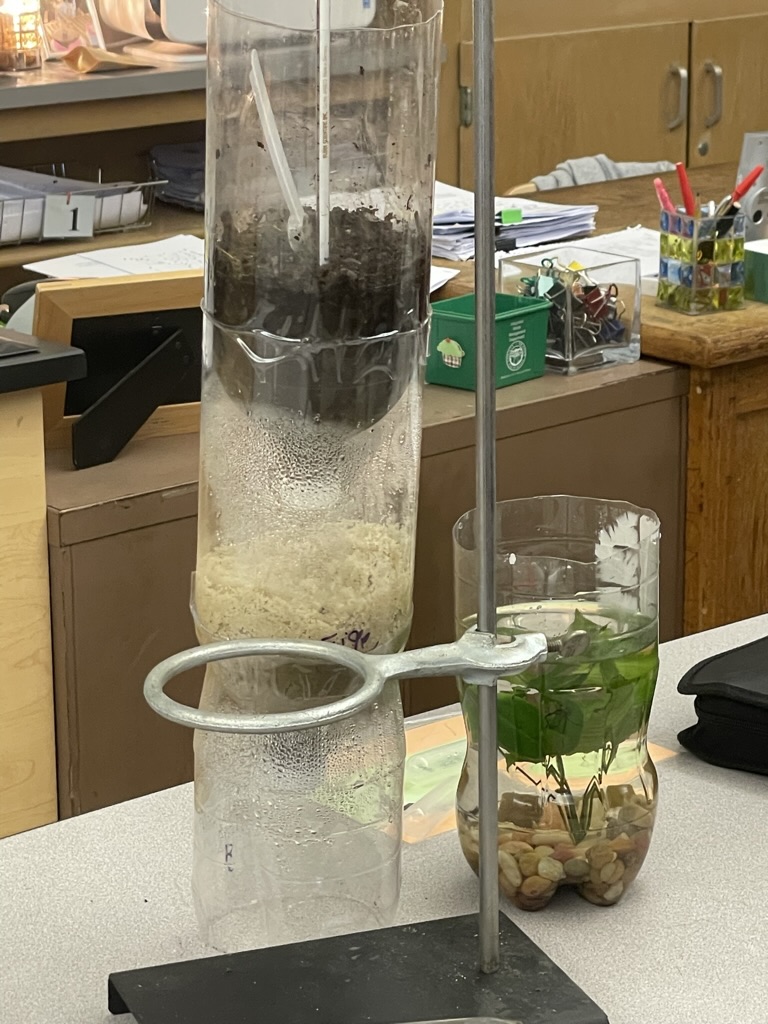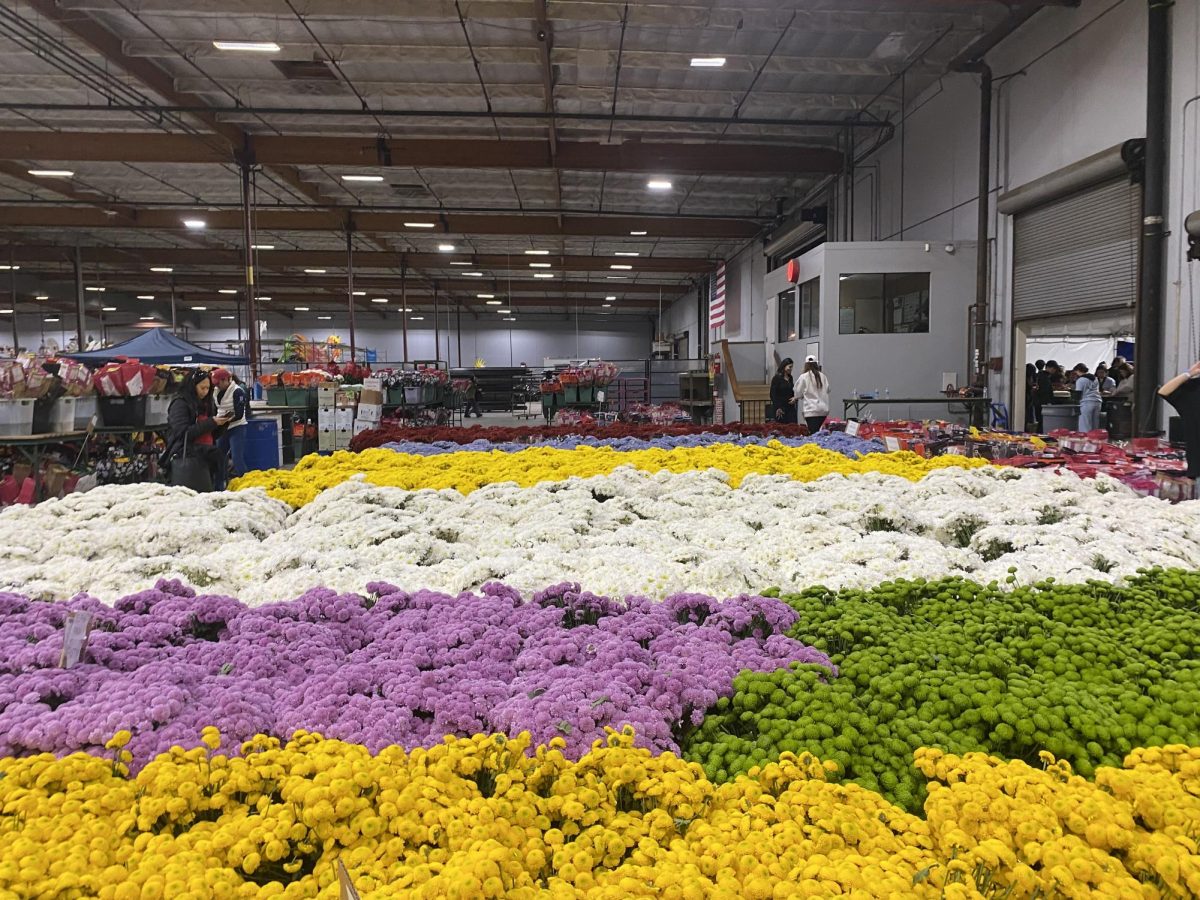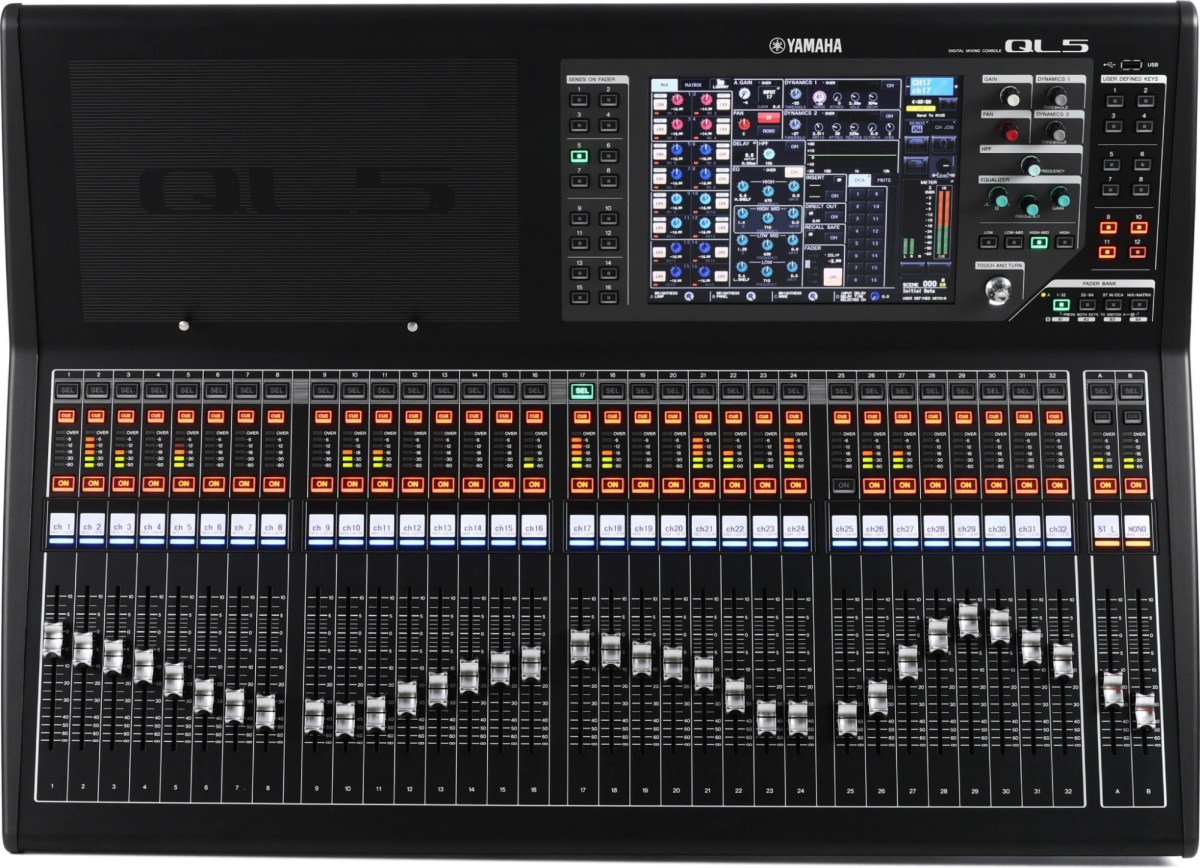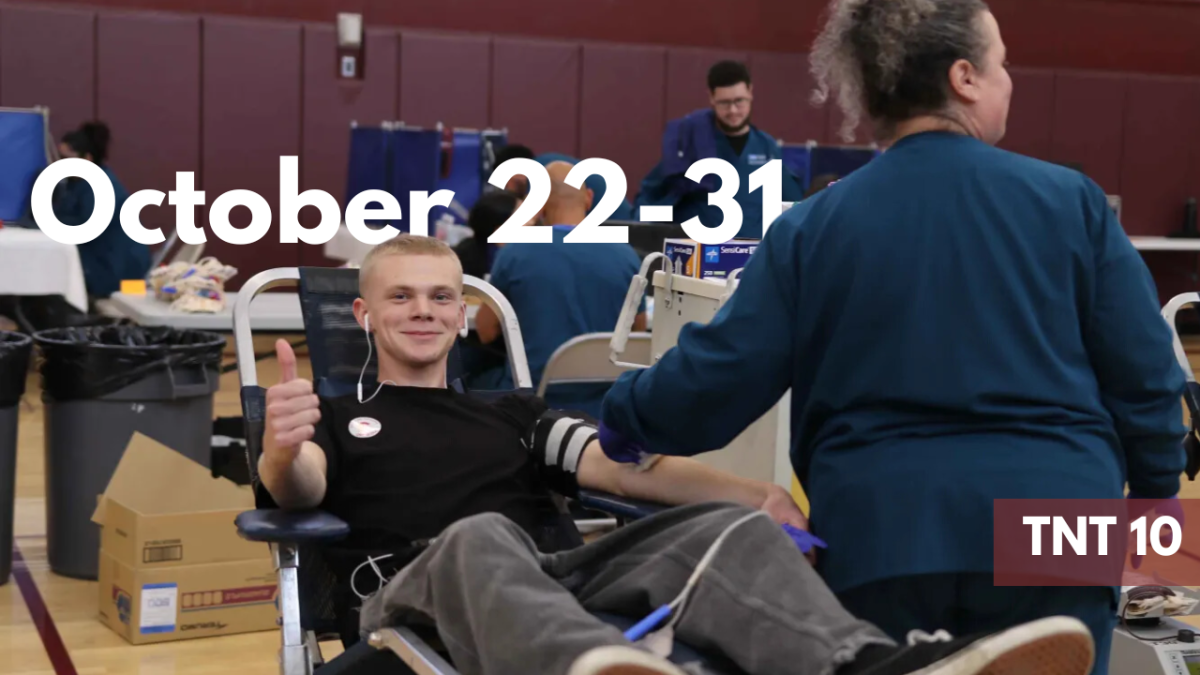Students in Torrance High’s AP Environmental Science class just finished an assignment where they were able to explore a large variety of ecosystems up close. The really cool part: they were able to do all of these observations right in their classroom.
The assignment is called the eco-column lab. In this lab, students constructed a model made up of many materials that show almost exactly how organisms, habitats, and ecosystems interact and depend on each other. The eco-column labs that the Torrance High students built specifically showed what could be considered a land habitat and an aquatic habitat–in the model these are the terrestrial chamber and the aquatic chamber. It exemplifies the conditions necessary for long term maintenance and survival of one or more ecosystems.
The first day of this 4 week lab was constructing the eco-column. It involved many materials including 5-to-6 two liter bottles with lids, potting soil, clear mailing tape, gravel, sand, a tea light candle, a dissection probe, exacto knives, a ring stand, water, beakers, a colander, and matches. Students had to cut the bottles so that they could be stacked in an intricate design with each bottle acting as a chamber of some sort. These were the precipitation funnel, the terrestrial chamber, the filter chamber, and the aquatic chamber. All of these chambers played a part in representing a land habitat and an aquatic habitat. The precipitation chamber is where the water for the eco-column was poured through, it is the top piece of the eco-column and it didn’t contain anything since it was only there to pour water into the column, which was needed for the eco-column to survive. The next piece is the terrestrial chamber, and on the first day students obtained enough gravel and soil to fill the chamber half way. This later contained what consists of a land habitat–plants and insects! Water was then filtered through just to make sure the soil was well enough for the next four week period. The filter chamber was then filled with gravel and sand and that helped filter the water from the terrestrial chamber to the next chamber. The aquatic chamber was filled with water to help balance the model, it didn’t really become a part of the eco column until a certain point–but when it did, it represented a mini freshwater habitat with aquatic plants. To prepare the lids of the bottles, the tea light candle was used to heat up the dissection probe and melt holes into the lids. The holes were so that water could pass through each chamber, first being poured through the precipitation funnel.
Although the first day of the lab was primarily assembling the eco-column, the second day was when students technically began the exciting 4 week process. On this day, students planted 2 legume seeds (snap peas, mung beans, or soybeans) and 3 other seeds (spinach, radish, or mustard) in the terrestrial chamber. Again, the terrestrial chamber would later include plants and insects to represent a small land habitat, so planting these seeds was going to be the start to life in the terrestrial chamber.
Once the seeds were planted in the terrestrial chamber, the two following days were when data collecting and soil testing began. Soil testing included making tests for the amount of nitrogen, potassium, pH, phosphorus, and temperature. Testing these was very important. The soil testing normally took the students about half the period to complete, and it’s the part of the lab that looked like it was a part of a scene from a movie; goggles, test tubes, and pipettes galore! As students tested the soil from the terrestrial chamber, they marked the results in a google doc to record everything.
On the second official day soil testing though, students also added what completed the terrestrial chamber–that being their choice of a worm or pill bug, along with leaf litter. Leaf litter is leaves and grass torn up and placed on top of the soil. The leaf litter provided food for the worm and pill bug while also adding to the organic matter of the soil. During this second week, the seeds that were planted should have sprouted. If tall enough, students were instructed to measure and record the height and they would continue to measure the height if it kept growing throughout the lab.
On the third week, the construction of the aquatic chamber began. Students brought aquatic rocks and aquatic plants to school. They began by rinsing out the aquatic rocks since they are normally dirty then they poured the rocks into the chamber along with distilled water. After pouring the distilled water, students tested the water quality–this included testing the temperature, pH, nitrite, nitrate, and ammonia. After the water quality readings, students planted the aquatic plant. From this point, students poured enough tap water into the precipitation funnel so it will only moisten the soil and add a very small amount into the aquatic tunnel. The very small amount was important because it kept the distilled water clean but at the same time it allowed particles that were beneficial to the aquatic ecosystem.
Then followed 2 more weeks of testing the soil from the terrestrial chamber and water from the aquatic chamber. During this, students could have added a small pond snail or fish into the aquatic chamber. Students were instructed not to feed the fish though, since in the wild it would eat the material that were already provided in the aquatic chamber (algae, organic particles, and aquatic plants). Over the next few weeks students would continue monitoring any abiotic or biotic factors and this included more soil and water testing. If the small animal they added to the aquatic chamber were to die, students were instructed to bury it in the terrestrial chamber so it can decompose there.
As soon as testing ended though, it was time for the students to take apart the eco-column. Students saw exactly what they were supposed to, that being how ecosystems function. The whole eco-column gave lots of opportunities for students to learn in general, and it truly was a hands-on approach to exploring ecosystems and Environmental Science as a whole.
